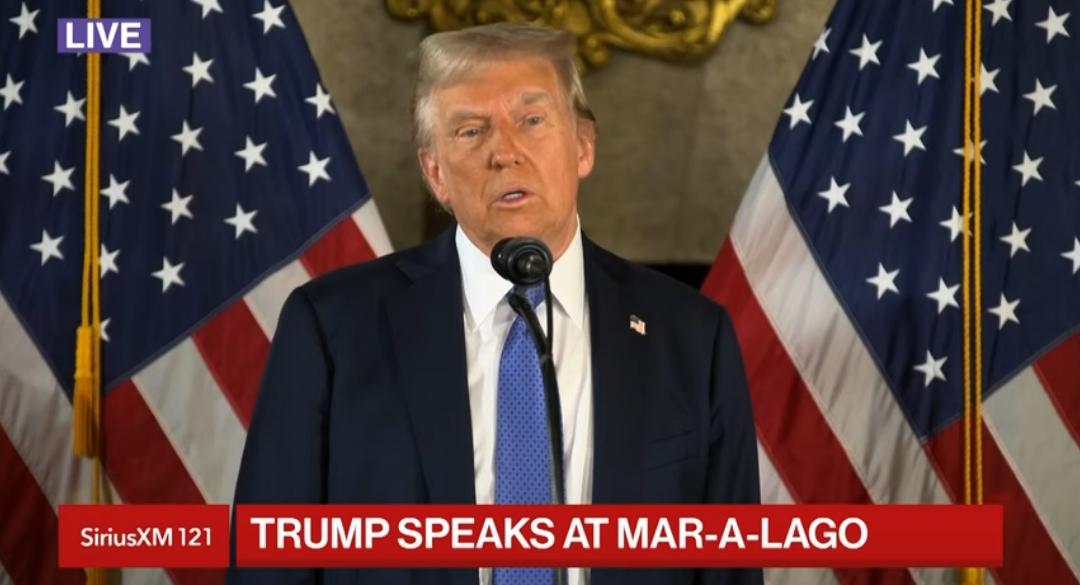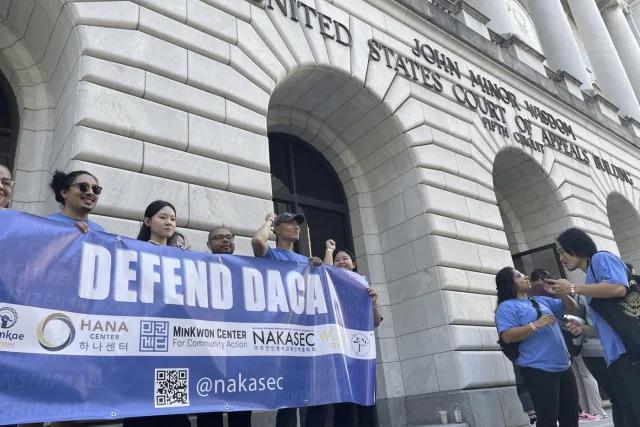Background on the Veto
Wisconsin Governor Tony Evers has employed a unique use of his partial veto power to extend school funding for an unprecedented 400 years. This move, which involves altering the language of a budget bill to increase annual school revenue limits by $325 per student until the year 2425, has sparked a legal battle that is now before the state Supreme Court.
Legal and Political Implications
The central issue for the court, which has a liberal majority, is whether state law permits governors to modify numerical values in this manner. The Republican-led Legislature, along with the Wisconsin Manufacturers & Commerce Litigation Center, argues that Evers' veto is unconstitutional. They claim it grants excessive power to the governor and violates amendments intended to limit such vetoes.
Historical Context
Wisconsin's partial veto authority, established in 1930, has been a contentious tool used by governors from both parties. Over time, constitutional amendments have sought to restrict this power, notably banning the "Vanna White" and "Frankenstein" vetoes. However, Evers' legal team contends that his actions do not breach these restrictions, as they pertain specifically to creating new words from individual letters.
Precedents and Comparisons
The manipulation of state budgets through creative vetoes is not new in Wisconsin. Former Governor Scott Walker's "thousand-year veto" in 2017 and Tommy Thompson's record number of partial vetoes illustrate the long-standing debate over this executive power. The current lawsuit aims to clarify the extent of permissible modifications under the partial veto authority.
The outcome of this case could redefine the boundaries of gubernatorial power in Wisconsin. As the Supreme Court deliberates, both supporters and opponents of Evers' actions await a decision that will likely influence future legislative and executive interactions in the state. This case underscores ongoing tensions between branches of government over budgetary control and policy-making authority.








